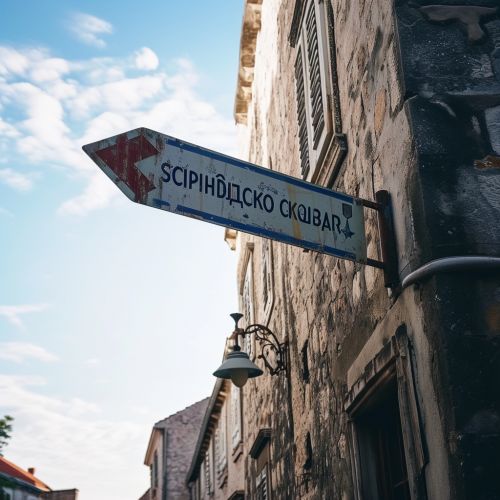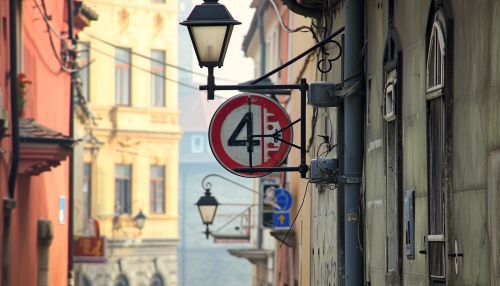Serbo-Croatian language
Overview
The Serbo-Croatian language, also known as Serbo-Croat, is a South Slavic language that is primarily spoken in Serbia, Croatia, Bosnia and Herzegovina, and Montenegro. It is a pluricentric language with four mutually intelligible standard varieties, namely Bosnian, Croatian, Montenegrin, and Serbian. The language is based on the Shtokavian dialect and uses both the Latin and Cyrillic alphabets.


History
The Serbo-Croatian language has a rich history that dates back to the 9th century. It was initially a part of the Old Church Slavonic language, which was used in liturgical texts. The language evolved over the centuries, influenced by various political, social, and cultural changes in the region. The modern standard varieties of Serbo-Croatian emerged in the 19th century during the Illyrian movement, which aimed to standardize the various dialects spoken in the region.
Phonology
Serbo-Croatian phonology is known for its complex system of phonemes, which includes five vowels and 25 consonants. The language also features pitch accent, which is a rare feature among the world's languages. The phonemic inventory of Serbo-Croatian is characterized by a series of contrasts between palatal and non-palatal consonants, and between voiced and voiceless consonants.
Morphology
The morphology of Serbo-Croatian is highly inflected, similar to other Slavic languages. It has a complex system of noun declensions and verb conjugations. Nouns in Serbo-Croatian are inflected for number (singular, dual, and plural), gender (masculine, feminine, and neuter), and case (nominative, genitive, dative, accusative, vocative, locative, and instrumental). Verbs are inflected for tense (past, present, and future), mood (indicative, imperative, and conditional), voice (active, passive, and reflexive), and aspect (perfective and imperfective).
Syntax
The syntax of Serbo-Croatian is characterized by a flexible word order, which is largely determined by the topic-comment structure of the sentence. The language also features a rich system of subordination and coordination, and uses a variety of conjunctions and other linking words. The default word order in Serbo-Croatian is Subject-Verb-Object, but this can be altered for emphasis or stylistic reasons.
Vocabulary
The vocabulary of Serbo-Croatian is largely Slavic in origin, but it has also been influenced by other languages, including Turkish, German, Italian, and English. The language also has a rich set of loanwords from Latin and Greek, especially in the fields of science, technology, and the arts.
Writing Systems
Serbo-Croatian uses both the Latin and Cyrillic scripts. The Latin script is more commonly used in Croatia and Bosnia and Herzegovina, while the Cyrillic script is primarily used in Serbia and Montenegro. Both scripts are officially recognized and used in all four countries, and the choice of script often has political and cultural implications.
Dialects
Serbo-Croatian is based on the Shtokavian dialect, but there are also two other dialects: Chakavian and Kajkavian. These dialects are primarily spoken in different regions of Croatia. The standard varieties of Serbo-Croatian (Bosnian, Croatian, Montenegrin, and Serbian) are all based on the Shtokavian dialect, but they have different lexical, phonological, and grammatical features.
Sociolinguistics
The sociolinguistic situation of Serbo-Croatian is complex and often politically charged. The language is pluricentric, with four standard varieties that are mutually intelligible but have different official statuses in different countries. The question of whether these varieties should be considered separate languages or dialects of a single language is a matter of ongoing debate.
